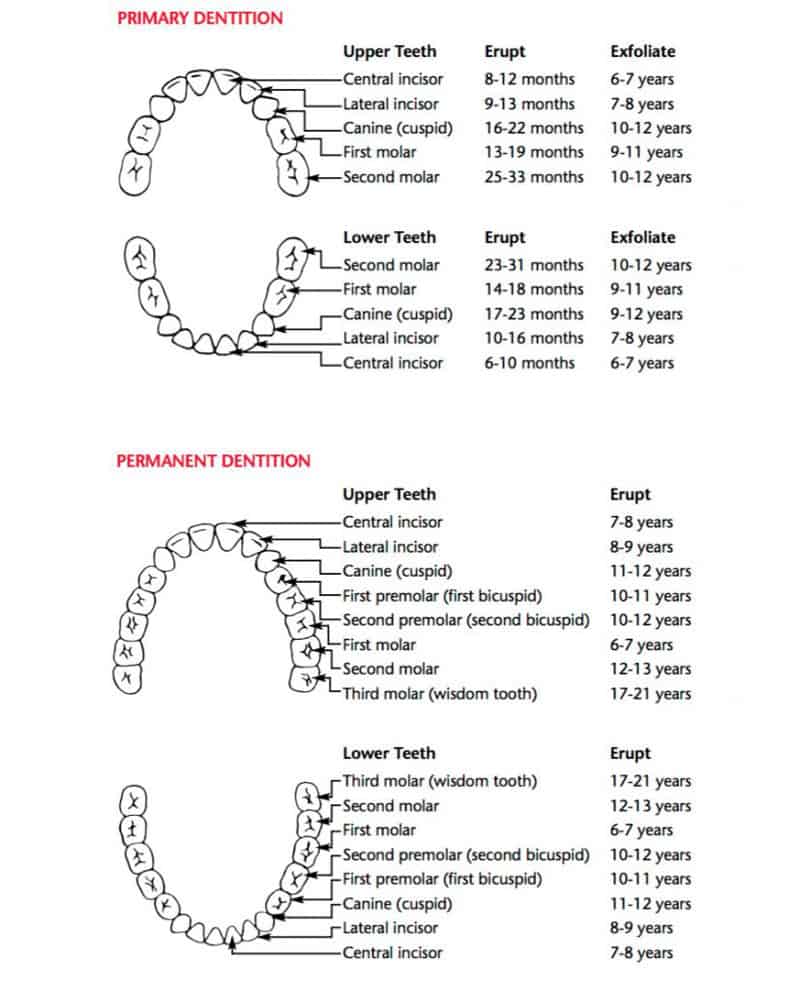Many parents ask why they have to get a milk tooth filled or treated. Why not extract milk teeth when they are decayed and painful because they would fall off eventually anyway. They feel its unnecessary spending on them.
There is a particular time period for the eruption of each and every deciduous tooth (milk/baby tooth) and permanent tooth (adult tooth). Though the timing may vary between individuals, the first baby tooth or milk teeth usually start erupting at around 6 months of age and the last one erupts around 3 years of age. The permanent teeth start erupting at age 6 and the last permanent tooth erupts around 18 to 21 years.

B: Drifting of the tooth behind extraction space into extracted space thereby leaving no space for eruption of permanent tooth
C: Extraction space maintained by space maintainer helping maintain space for erupting permanent tooth
Apart from helping children chew food, they also help them develop proper speech by helping pronounce words clearly and quickly. They help build the child’s self-esteem by contributing to their appearance. They help development of jaws by maintaining space for the permanent teeth, maintaining jaw height, and establishing shape of the face.
Milk teeth can develop decay too. It is important to fill or treat milk teeth to maintain the space for the permanent teeth to erupt. When a milk tooth is lost much earlier, the teeth behind can drift into the space. This makes it difficult for the permanent tooth to erupt into the space where it should erupt. This leads to irregularly placed teeth. In the unlikely event of a milk tooth being removed earlier, an appliance called as space maintainer may be advised.

When front teeth are lost, they can cause difficulties in speech and pronunciation and affect the child’s self-esteem. If left untreated, decay can spread to other milk teeth and erupting permanent teeth too. A child might have difficulty chewing ultimately affecting their nutrition and health. Sometimes the decay can spread deep causing infections of the surrounding bone.
Just like permanent teeth, it is very important to prevent decay and fill or treat decay in milk teeth as early as possible. The milk teeth are there for a reason, and they should be kept healthy until it’s time for them to fall.





